Adventurous to this amazing land, visitors will have the opportunity to explore and overcome their own limits.
Hiking and climbing the Chimborazo volcano is one of the most popular experiences for tourists visiting Ecuador.
Nature is the foundation for tourism development
Ecuador has an extremely diverse terrain, including coastal basins, mangrove swamps; Amazon rainforest; the Andes with nearly 70 volcanoes; Pacific beaches and 40 national parks and reserves... creating an ideal habitat for rare species of animals and plants. Some of them have been recognized by UNESCO as Natural Heritage or World Biosphere Reserves.
Ecuador’s scale and biodiversity are unmatched by any other country. It is home to 25,000 plant species (about 10% of the world’s total), 1,600 bird species (twice as many as Europe), 4,500 butterfly species, 345 reptile species, 358 amphibian species and 258 mammal species. Limited access and difficult access help Ecuador’s nature reserves remain untouched.
Thanks to the world's most diverse natural resources, there are many attractive experiences that attract tourists to Ecuador. For those who like adventurous mountain climbing, the Andes "volcanic avenue" is 350km long, including 70 volcanoes, which will give them many opportunities to conquer. Visitors can choose mountains with heights and difficulty levels suitable for their health and experience, from relatively easy day trips to challenging peaks such as Cotopaxi (5,897m), Chimborazo (6,268m), Cayambe (5,790m)...
Even experienced travelers should hire a local guide and be prepared for altitude sickness, as the lowest point in Ecuador, the capital Quito, is 2,850m above sea level. Visitors can stop in small towns and go mountain climbing, hiking, or horse riding with chagras (Ecuadorian cowboys). For more thrills, an adventurous cycling tour from the top down the slopes of Chimborazo and Cotopaxi, or from the edge of the Andes to the Amazon rainforest, a 61km journey past dozens of beautiful waterfalls, will surely please visitors.
Not only rich in mountain tourism potential, Ecuador also has ideal beaches for surfing enthusiasts. In Montañita, Canoa and Mompiche, visitors can comfortably surf on 2m high waves. If you want to explore the colorful aquarium world of coral reefs and marine life, visitors should not miss the "paradise" Galapagos Islands.
Ecuador also offers the opportunity to see rare animals such as toucans in the Mindo Valley; bald monkeys in the Amazon rainforest; river dolphins and caiman crocodiles along the Napo River. Meanwhile, Machalilla National Park is a place to see pelicans, seagulls, humpback whales; and the Chocó Andino Biosphere Reserve is a refuge for the endangered Andean gargoyle. Ecuador knows how to do tourism when designing tours for visitors to experience bird and animal watching combined with health care courses at spas surrounded by pristine forests, or experience wildlife photography... so that visitors can fully immerse themselves in these "natural paradises".
A colorful cultural picture
Galapagos Islands, one of Ecuador's exciting diving paradises.
Ecuador is a diverse country with nearly 20 ethnic groups and 20 unique languages. Every step is an opportunity to immerse yourself in the country's rich culture. In the highlands, you'll visit Kichwa tribal villages on the shores of the Quilotoa crater lake and cycle along ancient trails. Along the way, you'll stop at markets to sample local cuisine, buy crafts, textiles, and more...
In the Amazon basin, in addition to river rafting to see wildlife, visitors have the opportunity to learn about the unique cultures of isolated indigenous tribes such as the Huaorani and Shuar. Here, visitors will be served fresh seafood dishes or try the interesting chocolate making process.
Ecuador is also a land of festivals. Almost every month there are celebrations such as Carnaval in February, Easter in March, Inti Raymi in June, Black Mother in September and Quito in December...
Taking place every January in the village of Pillaro (Tungurahua province) is La Diablada Pillareña. With daring costumes, elaborate masks and countless symbols, people transform into demons to rebel against the oppressive forces of the Spanish colonial period. They dance day and night in the streets, to classical tunes played by bands.
The highlight of the festival is the Fiesta del Yamor (Yamor Party) in Imbabura province. This festival combines pre-Columbian indigenous traditions with Catholic elements to honor the Virgin Mary de Monserrat - the patron saint of the state of Otavalo and Pacha Mama (Mother Earth) for the bountiful harvests. The centerpiece of the celebration is chicha del Yamor - the traditional drink and cultural heritage of the Otavalo people. The Yamor Party also includes parades, music, dances and craft exhibitions... Enjoying a unique party where joy abounds, visitors will gain a better understanding of the core values of Ecuadorian culture.
Source: https://hanoimoi.vn/ecuador-quoc-gia-nam-giua-hai-ban-cau-669875.html


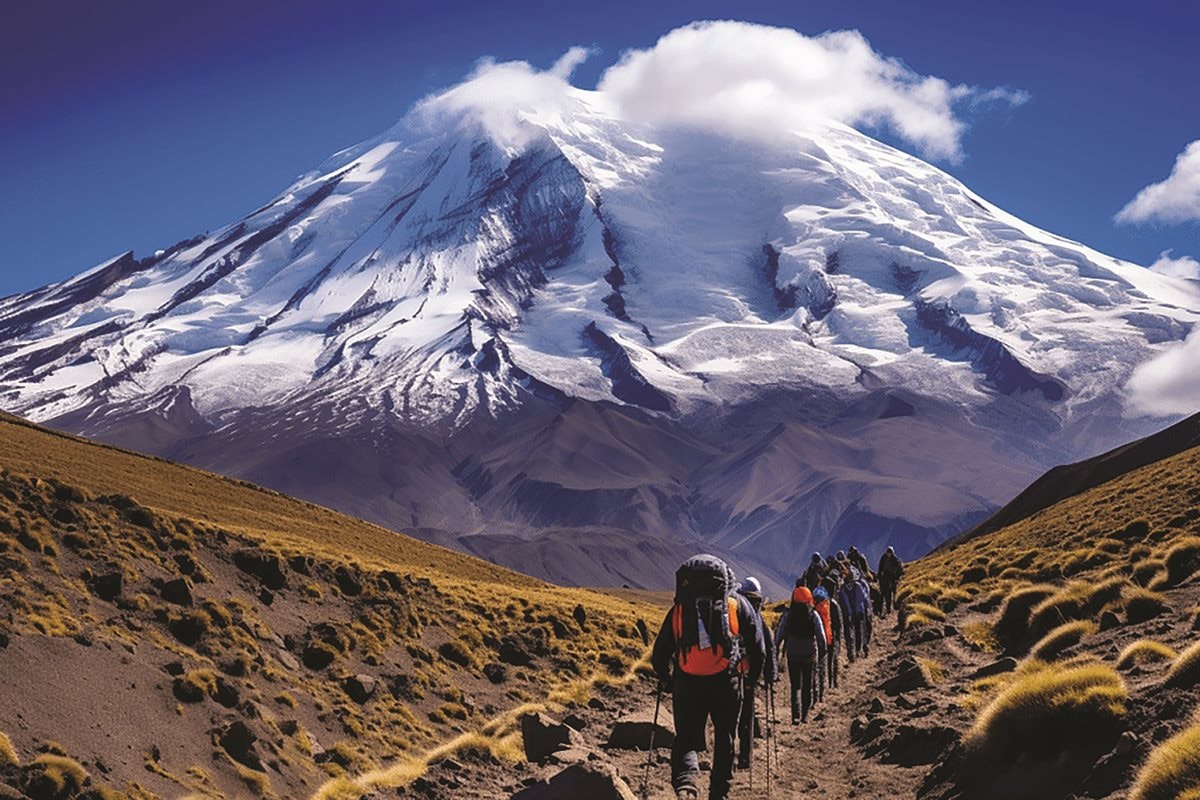
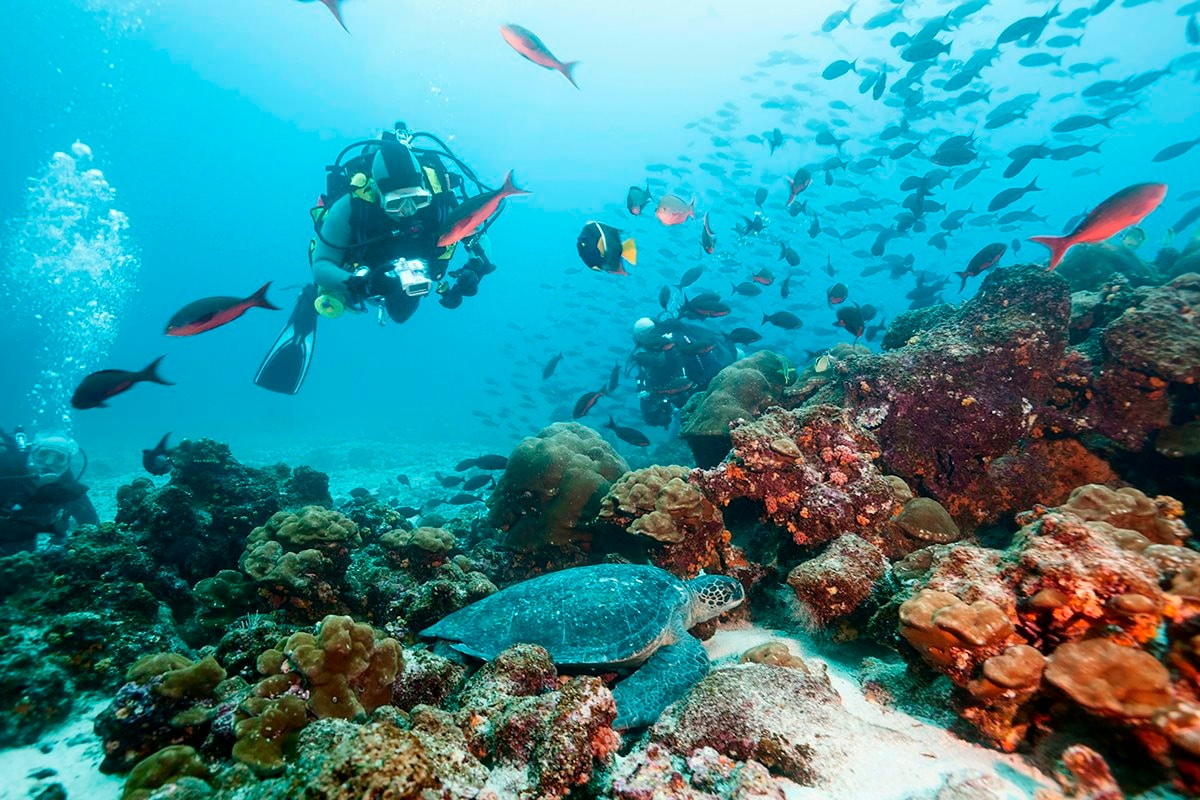


![[Photo] Urgently help people soon have a place to live and stabilize their lives](/_next/image?url=https%3A%2F%2Fvphoto.vietnam.vn%2Fthumb%2F1200x675%2Fvietnam%2Fresource%2FIMAGE%2F2025%2F12%2F09%2F1765248230297_c-jpg.webp&w=3840&q=75)
![[Photo] General Secretary To Lam works with the Standing Committees of the 14th Party Congress Subcommittees](/_next/image?url=https%3A%2F%2Fvphoto.vietnam.vn%2Fthumb%2F1200x675%2Fvietnam%2Fresource%2FIMAGE%2F2025%2F12%2F09%2F1765253019536_a1-bnd-0983-4829-jpg.webp&w=3840&q=75)


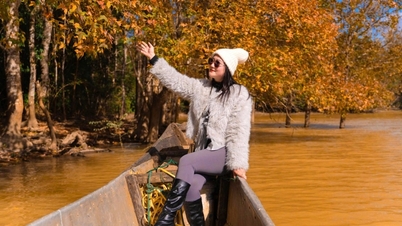



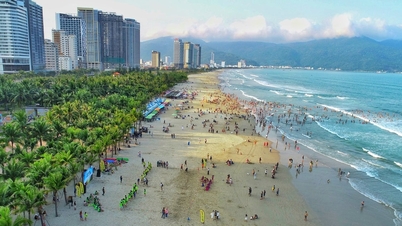

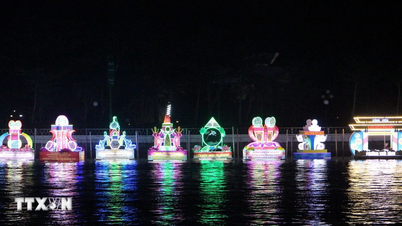

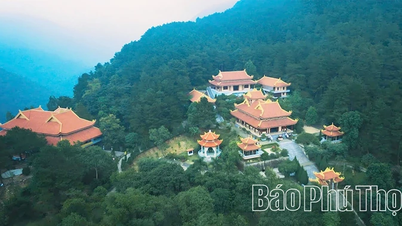









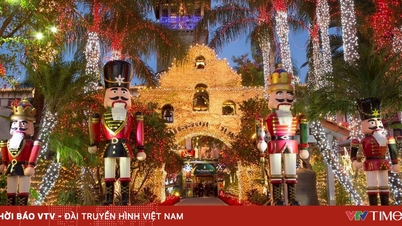

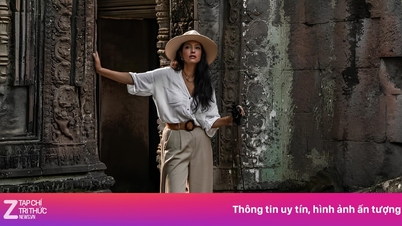



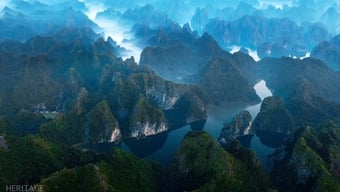


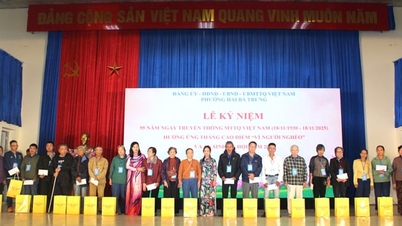



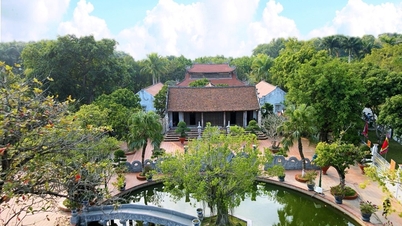

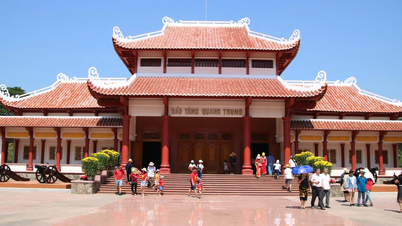

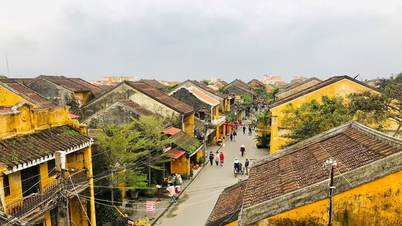
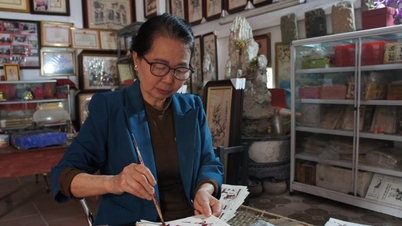

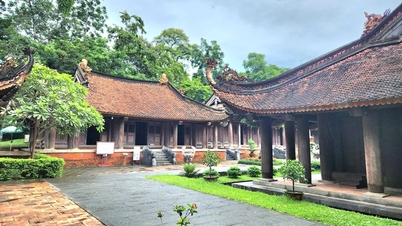
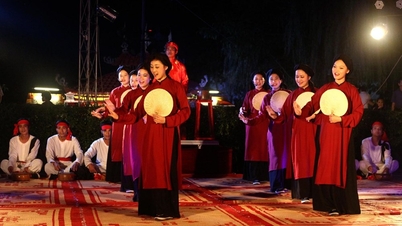
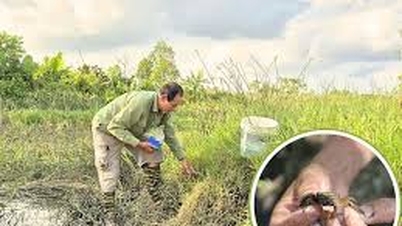

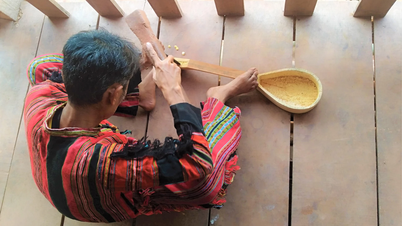

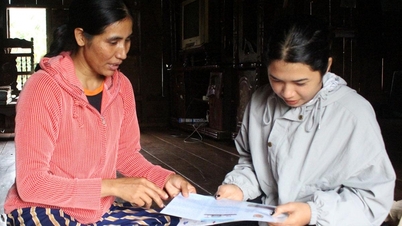


























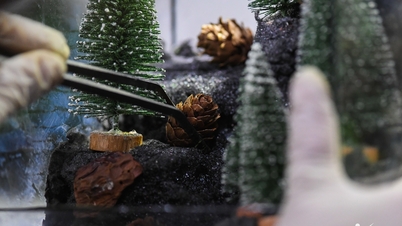




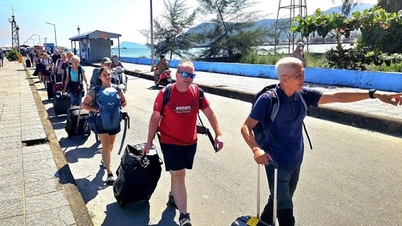
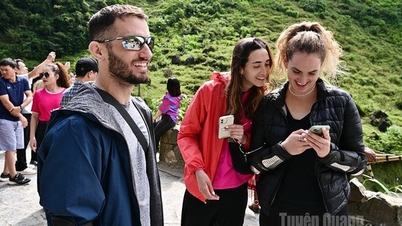
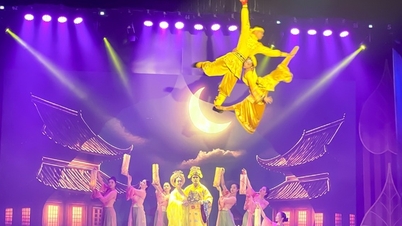






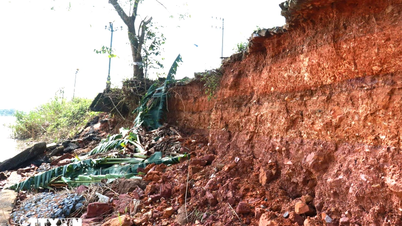

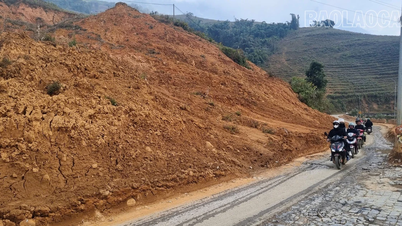


















Comment (0)